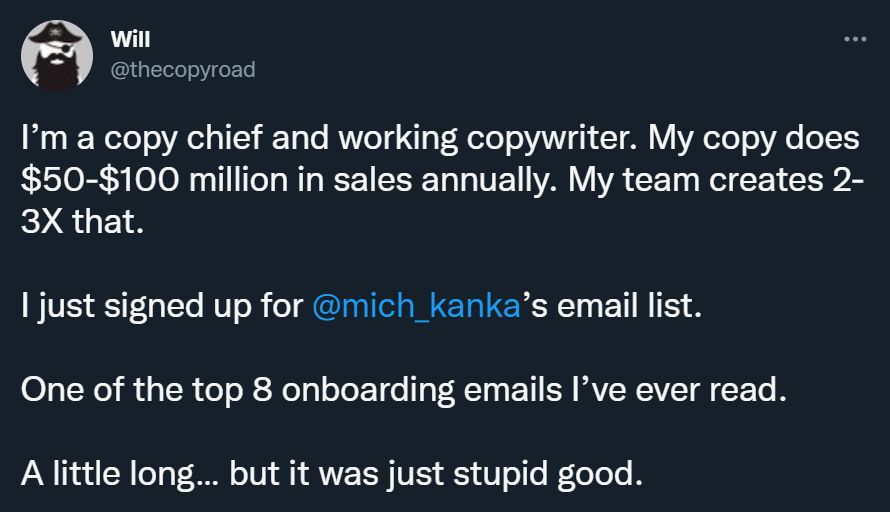
Hula hoop marketing techniques worth $100M – how the biggest fad in history was made (8 min read)
Hula hoop - a plastic ring toy which is known as the largest fad in the history. Although created by WHAM-O, children have played with similar toys for hundreds of years previously.

Hula hoop history timeline & highlights
- 1957 - Toltoys, a toy company from Australia, sold over 400,000 units of a large ring toy which you could spin around your hips
- Jan 1958 - Toltoys knew they were onto something big and contacted WHAM-O, the most innovative toy company in the US at that time. WHAM-O rebranded it to Hula-Hoop as using it resembled the Hawaiian dance and launched it on the market.
- April 1959 - 25 million units were sold in just four months
- 1959 - Over two years, WHAM-O sold over 100 million hula hoops at over $45 million revenue and over 40 competitors joined to sell the same toy as it had never got patented. WHAM-O had still a good 25 to 35% market share, only because they couldn’t keep up with the demand. By the end of the year, most of the opportunistic competitors left the market as the sales dropped dramatically. When the dust settled, WHAM-O filed a patent but didn’t use it for the next 4 years, as they shifted towards selling Frisbees.
- 1963 - Hula-Hoop comes back with the copy „If it’s not a WHAM-O, it’s not a true Hula-Hoop”.
- 1982 - WHAM-O got sold to Kransco Group Companies. Rich Knerr, one of the co-founders later admitted that at that time, they still sold around 1.5 million units per year.
What is the history of hula hooping?
The creators of the hula hoop were inspired to invent such a toy when they first saw a similar, wooden hoops which some Australian children were playing with. They were simply swinging them around their waist, and that simple play has given a rise to the hula hoop invention.
Who invented hula hoop?
Hula hoop was invented by Arthur “Spud” Melin. He was the co-founder of Wham-O, a company originally set up to sell slingshots (and then boomerangs and other sports items).
Cold calling – the hula hoop marketing techniques
Arthur Melin and his wife cold called TV shows in order to get an opportunity to present the hula hoop. They landed a few spots that helped to boost sales, but one was quite a special one.
Back in 1957 or 1958, the TV was the newest medium and as such got all the attention. People were paying close attention to the ads, and were genuinely interested in new products and inventions. On the other hand, TV stations were open to cover such products.
Why were hula hoops so successful: influencers
Mr and Mrs Melin could present hula hoop on many shows around the US, but the sales really took off after being featured in a national TV show led by Dinah Shore. It is said that this was the point when hula hoop became a worldwide phenomenon and later sold in millions.
Hula hoop marketing techniques – content marketing
Ads taught kids how to use hula hoop to build demand in the market. They showed tricks such as:
- Kill the Buzzard: Around your neck
- The Natural: Around your waist
- The Knee-Knocker: Slip it way down below your waist
Those ads weren’t only crafted to encourage the audience to buy one hula hoop. They showed how to play games and use multiple hula hoops. Thanks to that, children didn’t have only one Hula-Hoop, rather than five or more.
Was hula hoop a FAD?
Hula hoop was quite a viral FAD, and it soon went almost dead. WHAM-O believed in the idea and kept working on the sales. It waited out its competitors which left the scene when the fad seemed to be dead already. In the meantime, they filed for a patent which covered its weight, diameter, and shape.
After five years, they went back to selling hula hoop and while it never reached the sales from 1958, it maintained a consistent level for the next decades. In 1982, it was still 1.5 million products a year.

In-store displays
This photo from 1958 shows how popular Hula-Hoops were at that time.The hoops are all over the place.

Hula hoop marketing techniques aimed at certain personas
WHAM-O was known to market directly to kids. Thanks to that, they were attracting their real customers although ones which could make their parents buy them the toy that seemed so fun to play with.
Outdoor presentations
One of the strategies was to showcase hula hoop near the places in which the potential customers spent time – on playgrounds, in parks, or on college campuses. Passers-by looked at these hoops and wanted to try for themselves. The first tries were always hilarious, so the product looked even more appealing.
Giveaways
Some of the first hula hoops had been given for free to kids. That could create a demand in local communities – if one kd had the cool toy from the TV, a couple of other children would persist with their parents to get them one too.

Bandwagon effect
Although it’s hard to spot the trend so early-on, once it’s recognizable, even more consumers join. The product gets more popular because it gets more popular.
Why were hula hoops so successful – selling through emotions
Emotions felt around a product or a brand translate to that product. When people had fun watching hula hoop in TV or during contests on local fairs, they associated fun and positivity with the brand itself. When they were exposed to the product later on in the shop, they were more likely to buy them.
Before banner blindness
Humans have developed a mechanism to oversee any kind of advertising, especially if they know the formats well - such as TV ads and banners. In the 50s and 60s, people paid close attention to every kind of content shown in the new media. This is why TV ads back then were so effective (and cheap in relation to the effect, compared to today).
Hula hoops marketing techniques – marketing to kids
Children have yet to develop marketing defense cognitive systems and therefore can be easier manipulated by ads. Although today this is largely unethical if overused, directing the message to the youngsters to influence their parents’ buying decision is a common tactic now and has been working for Hula-Hoop for years.

Over 60 years ago, marketing could be simpler, but the principles used back then can work today, too. All that WHAM-O did was to place their product wherever the attention of their audience already was. If they watched TV shows – the customers saw hula hoop there. Playing in the park–they got personal presentations. Once the trend took off with the help of marketing, organic evangelists came to the market and referred the product further.
Hula hoop marketing techniques make for the perfect scenario to which you can aim for, too. Have a great product, show its benefits to your prospects and make them use it, and if it’s truly great – they will refer it further. Easier said than done, huh?
Cold calling not to get straight to the business, but to get some more eyeballs to your product seems like a good idea, too.
Get your
"oh sh*t, this might work for us!"
moment in the next 5 minutes
Viral marketing case studies and marketing psychology principles that made hundreds of millions in months or weeks
In the first email:
- a step-by-step strategy that made $0-$30M within 9 weeks with $0 marketing budget (case study)
- cheatsheet (PDF) of 10 biases in marketing used by top 2% companies
Other than that:
- weekly original content that helps you STAND OUT by providing more perceived value with less work

(You won't find it anywhere else)

Explore Cognitive Biases in Marketing